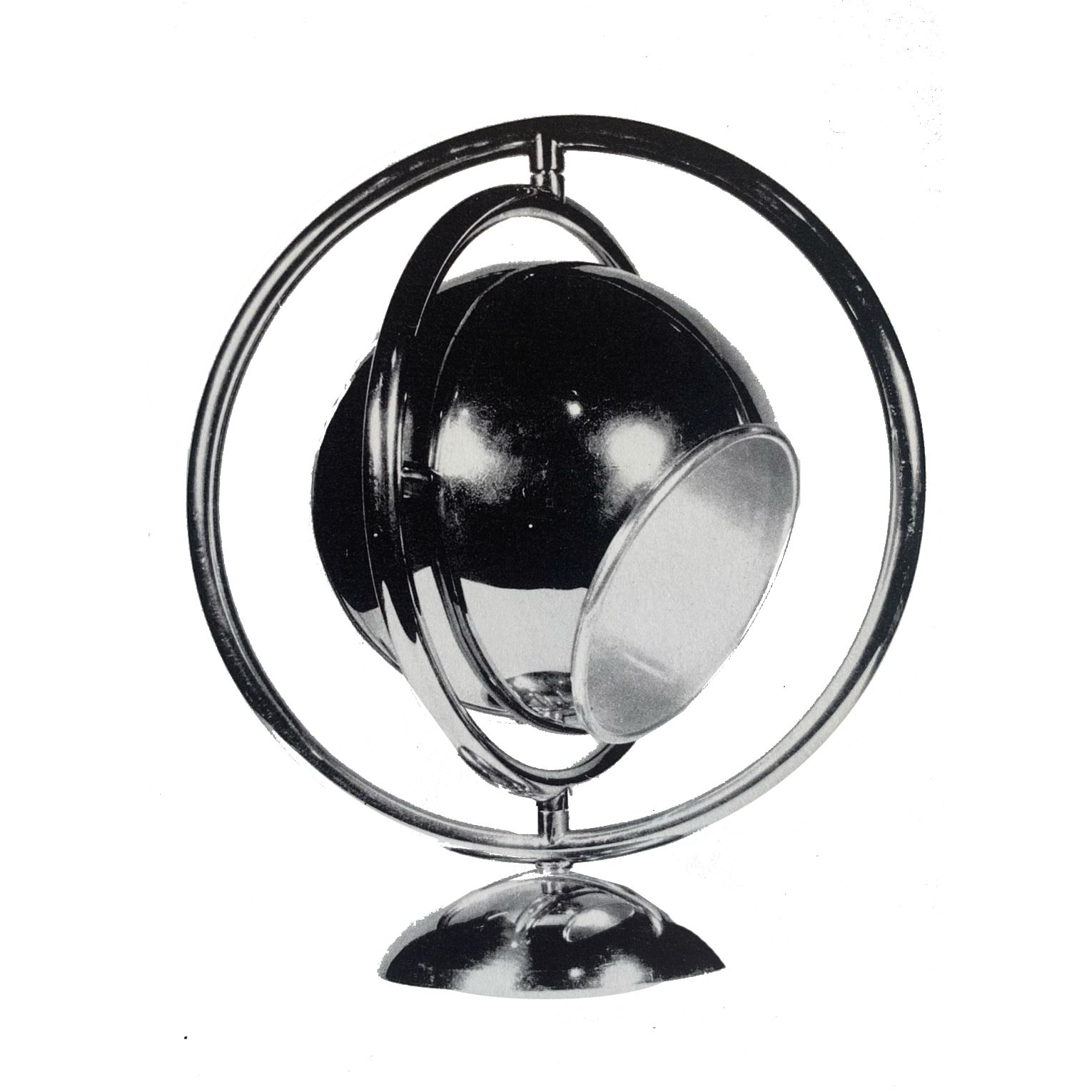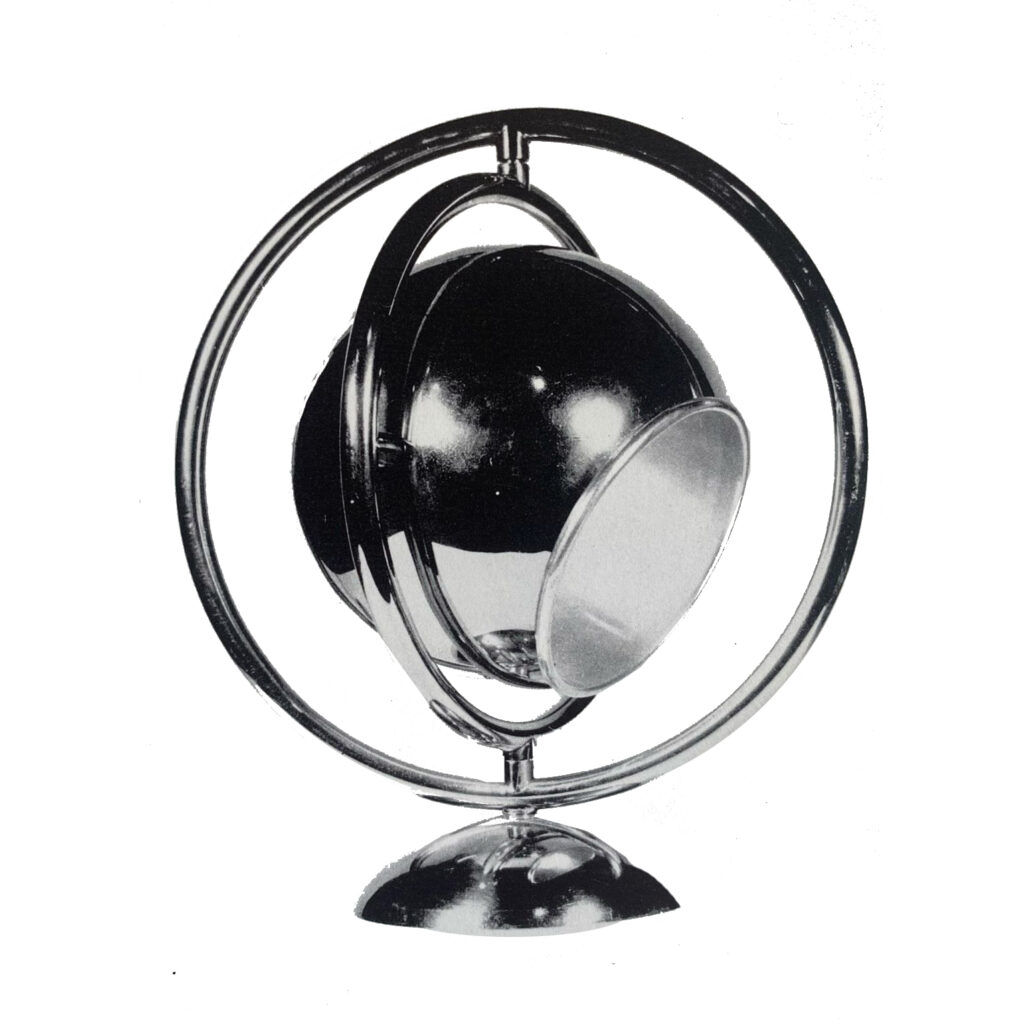Damon

Damon rejected the use of ordinary pressed glass for lamps and only allowed this glass technology to be used in purely architectural lighting. He preferred to initially concentrate on frosted glass, which was not so well suited for lighting purposes. This glass was not particularly suitable for lampshades because the light bulb as a light source could be clearly seen from the outside. In some designs, a matt anti-glare panel was used between the light source and the glass shade. However, since the anti-glare screen neither reflected the light nor allowed it to shine through sufficiently, an otherwise useful reading lamp became a dim night light.
Damon achieved a more satisfactory result when he fused the screen and lampshade together. He had glass made that was transparently enamelled on the inside and frosted on the outside. The lampshade was now transparent and at the same time provided good light diffusion, but was also so matted that the light source could no longer be seen. In conjunction with crystal clear glass, it was possible to create interesting surface contrasts that arose from the juxtaposition of the living crystal and the frosted surfaces. This ‘Verre émaillé diffusant’ was mounted in metal frames made of gold-plated or silver-plated bronze, chrome or nickel-plated copper.
Damon himself designed lamps, but also adopted designs from other artists. One of these was Boris-Jean Lacroix, who is discussed separately here. Gorinthe, André Roy, André Basompierre, Georges Martin, Daniel Stéphan and Jean Baignères provided further designs. As an advocate of functional lighting, Damon offered all types of lamps, including light vases, entrance hall lighting fixtures and bouts-de-tables. There was a solid elegance in his combination of glass and metal and an attempt to balance beauty with function.
Source: Alastair Duncan, Lampen Lüster Leuchter, Jugendstil Art Déco, Prestel-Verlag, München 1979, p. 164.


-
RSA Antiquitäten Wiesbaden
-
Taunusstraße 34
65183 Wiesbaden -
+49 611 5 29 05 70
-
+49 170 7 83 01 13
-
info@antiquitaeten-wiesbaden.de
-
Mondayclosed
-
Tuesday - Friday12 a.m. - 6 p.m.
-
Saturday10 a.m. - 4 p.m.